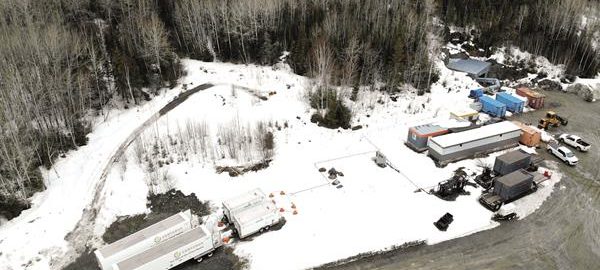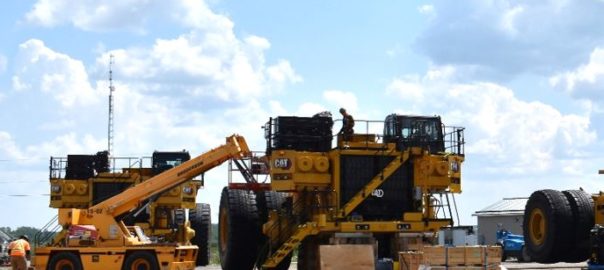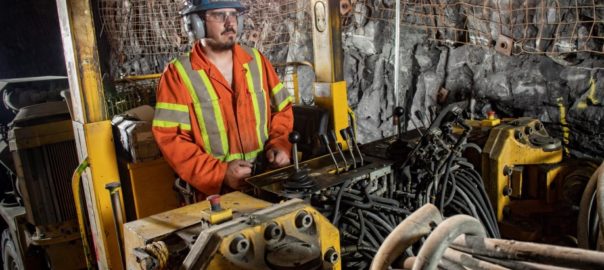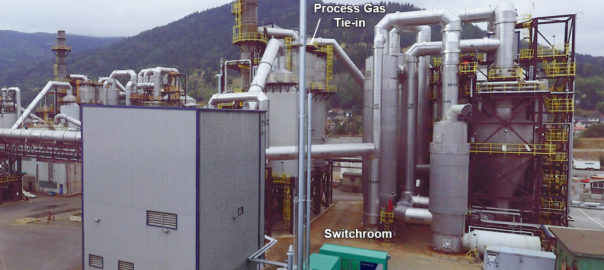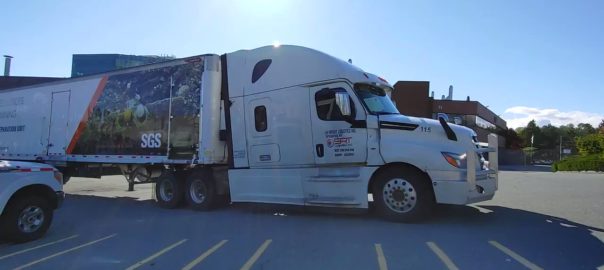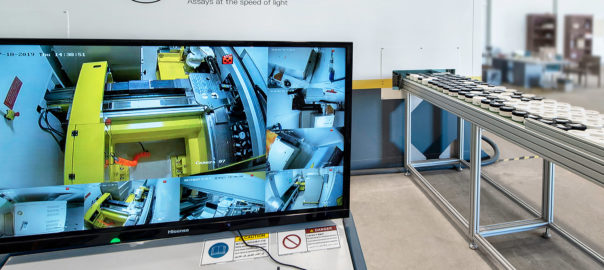CIMIC Group’s mineral processing company, Sedgman, has been awarded an engineering, procurement and construction (EPC) contract to deliver services for Artemis Gold at the Blackwater gold project in British Columbia, Canada.
The EPC contract, which supersedes the temporary interim service agreement announced on May 2, 2022, will generate revenue for Sedgman of C$318 million ($245 million).
Sedgman will design and construct the processing and non-processing infrastructure for a 6 Mt/y carbon-in-leach gold plant at the project.
Even before this announcement, Sedgman had made good headway on the project, executing an agreement with Metso Outotec to secure supply and delivery of crushing and grinding equipment for the processing plant.
The project schedule as laid out by Artemis supporting the EPC contract with Sedgman includes the following assumptions:
- Receipt of the BC Mines Act and related permits in the Fall of 2022;
- Construction mobilisation and major works preparations commence in the March quarter of 2023 with process plant bulk earthworks scheduled to be completed prior to the start of major works;
- Commissioning activities of the process facility to commence in the firts half of 2024; and
- First gold pour expected in the September quarter of 2024.
CIMIC Group Executive Chairman, Juan Santamaria, said: “Sedgman and Artemis have already commenced initial design and procurement work at the project, helping Artemis to unlock the value of this key gold project and work towards its first gold pour in 2024.”
Sedgman Managing Director, Grant Fraser, said: “We are pleased to be working with Artemis Gold on this exciting project and look forward to continuing our strong working relationship to ensure successful outcomes for both Sedgman and Artemis.”
Work is expected to be completed in the September quarter of 2024.
Artemis has said previously that Stage 1 development at Blackwater should lead to the building of a 6-9 Mt/y operation (6 Mt/y in years 1-4 and 9 Mt/y in year 5) able to produce around 312,000 oz/y of gold.








